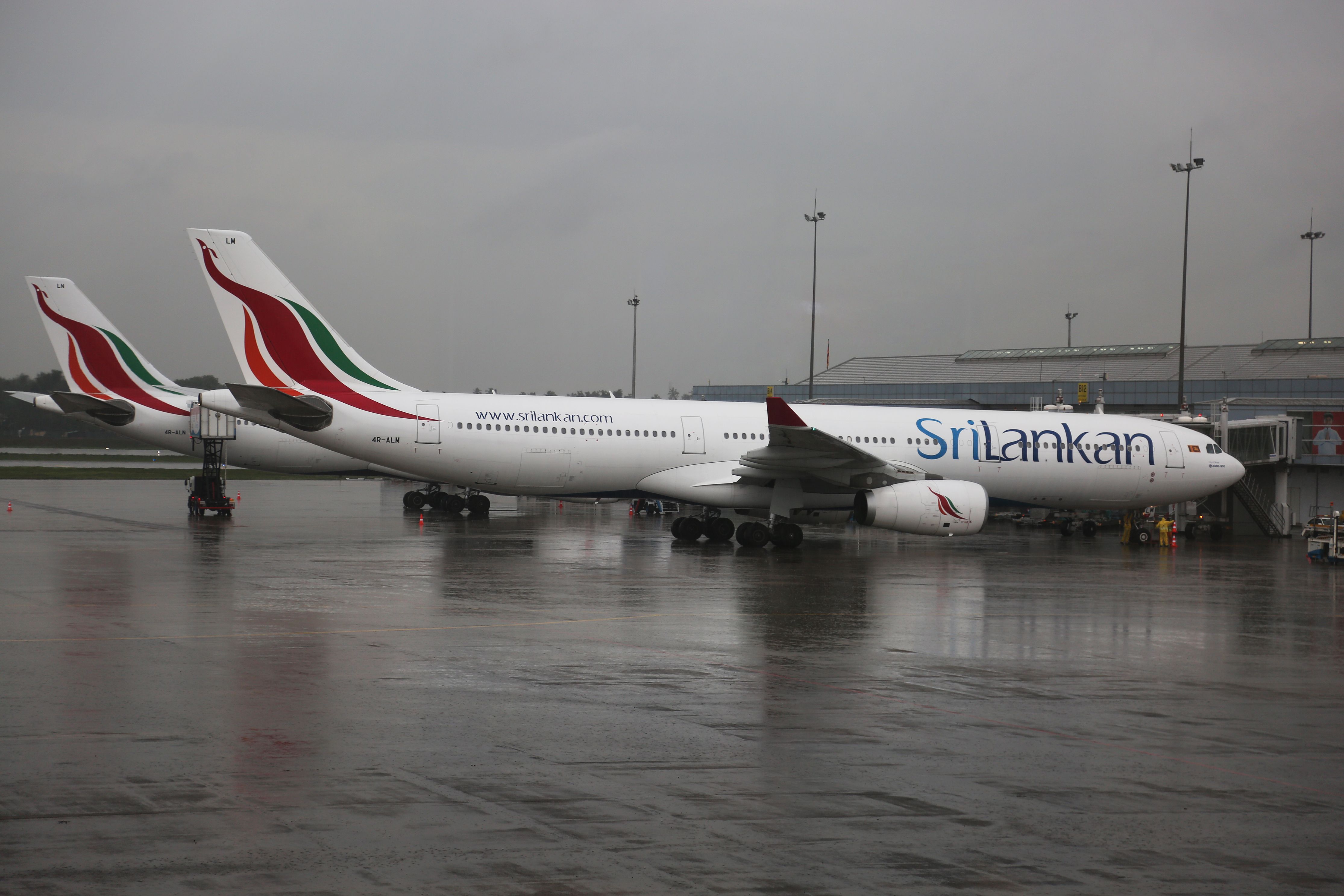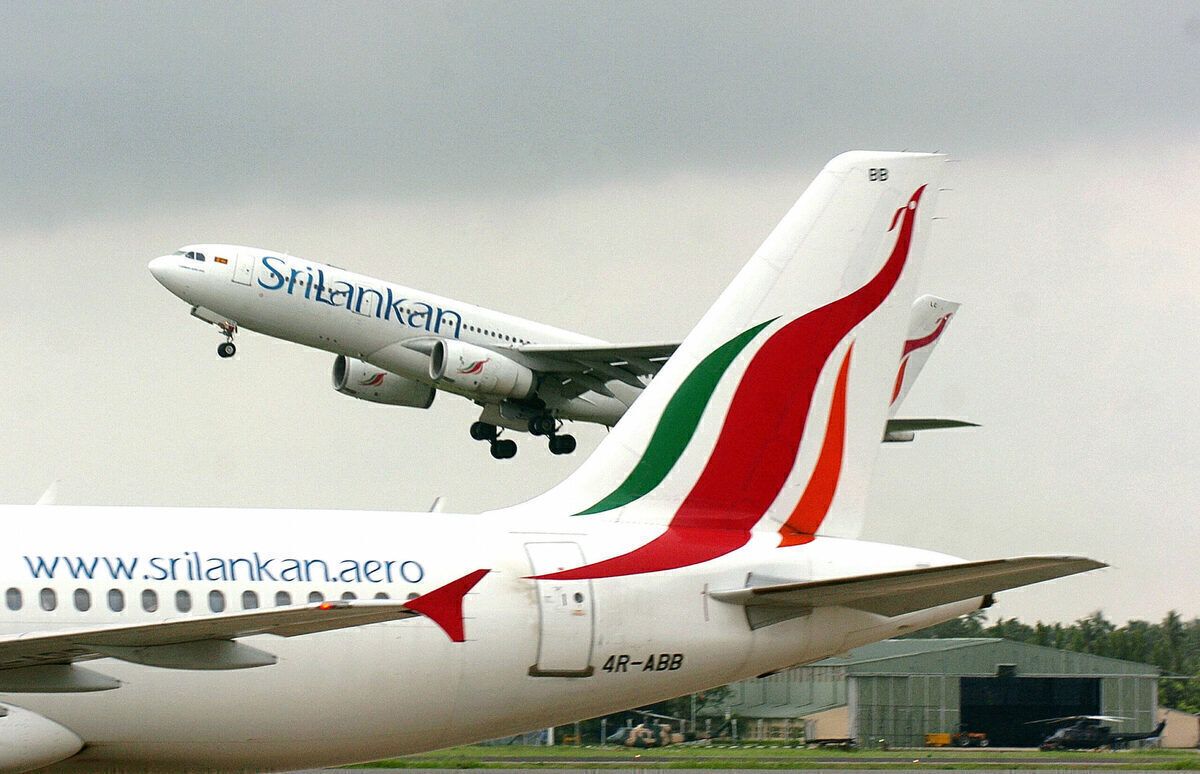Bandaranaike International Airport, more commonly known as Colombo International Airport (CMB), serves as the hub for SriLankan Airlines. There were initial concerns that the ongoing restrictions of the pandemic could see SriLankan revise its approach at the site. With international traffic downturn lasting for years, the airline may have been forced to move away from a hub model and concentrate on point-to-point opportunities.
The focus remains
SriLankan has reaffirmed its commitment to its hub model. The carrier's chairman, Ashok Pathirage, highlights that Colombo continues to be a major hub for passenger traffic between South India and the Middle East or the Far East. The airline’s robust network in the region provides seamless connections to other central regional hubs and complements the national strategy to develop Colombo into a major commercial hub in Southeast Asia.
Nonetheless, SriLankan is also planning to increase capacity to its key feeder markets to grow point-to-point traffic to Colombo, since tourism to Sri Lanka is recovering with ongoing economic rehabilitation.
Find more news about Asian aviation here.
Renewed excitement
In 2019, the last year before the pandemic, Colombo International saw over 10 million passengers pass through it. This number dropped to just around two million in 2020.
Now, in this recovery period, the Colombo hub has plenty of prospects ahead. SriLankan’s leadership realizes this and is keen to make the most of the opportunities. Notably, Sri Lanka is pushing ahead with the privatization of its flag carrier. The country is determined to restructure following the airline's financial challenges.
All in all, a busy hub is a strong pull factor for a potential buyer. As Pathirage puts it:
“The Government of Sri Lanka intends to privatize the airline and some of its subsidiaries. Privatization will be favourable to both the airline and the government as it would allow the airline to enter a new phase of growth and the government to shed a liability. SriLankan Airlines is potentially an attractive investment opportunity as its most recent financial track record has been positive, and by having its hub in one of the most lucrative geographic locations. Colombo provides easy access to economic powerhouses in the region such as India and China.”
Get the latest aviation news straight to your inbox: Sign up for our newsletters today.
Across the board
SriLankan adapted to the ever-changing conditions of the pandemic by rewiring its passenger network to make use of opportunities in the air cargo industry. The operator was able to secure new air cargo business deals “by going the extra mile in operating charter flights and new routes to meet the demands of the industry.” Today, the airline is servicing these routes for passenger flights. The company also thoroughly examined and overhauled its cost structure, which paved the way for streamlined operations and savings that continue to pay off.
The airline continues to see strong signs of recovery in demand across its network in this recovery period. Thus, the Colombo hub model will prove to be valuable in connecting both passengers and cargo heading into 2023. Overall, there is significant potential for Colombo International Airport in this next chapter, especially amid its $550 million Terminal 2 expansion.
What are your thoughts about SriLankan’s activity in Colombo? What do you make of the plans of the carrier? Let us know what you think in the comment section.

.jpg)

.jpg)
